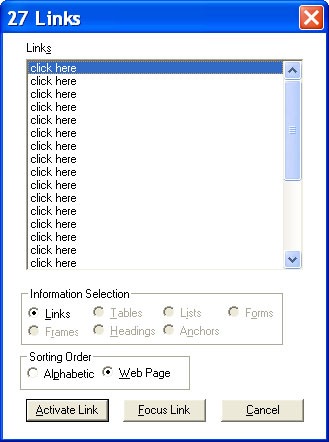Introduction To Rmarkdown Reports
- Create standalone HTML reports from Rmarkdown
- Embed graphics and code into HTML reports
- Change chunk parameters
References:
Motivation
We want to make beautiful reports.
Q: Why not just copy and paste the results from R into a Word document?
A: Reproducibility is the biggest challenge. Nobody can tell what you did afterwards.
Markdown
Why don’t we just write HTML?
Q: Show of hands, who has experience editing HTML?
A: You don’t really want to do it by hand. But I’d rather edit HTML by hand than use MS Word. 😜
We need a source document format that is easy to write, and can be easily converted to most other kinds of documents, such as HTML, PDF, Word, etc. That’s markdown.
Markdown is way easier to edit by hand than HTML.
Markdown is a lightweight markup language with plain-text-formatting syntax … Its key design goal is readability – that the language be readable as-is, without looking like it has been marked up with tags or formatting instructions
For example, to create that link above, I write:
[--- anchor text ----](--------- URL ------------------------)
[Wikipedia definition](https://en.wikipedia.org/wiki/Markdown):
Use descriptive anchor text.
Q: Why? What’s wrong with “according to this …”?
A: Using “this” as anchor text does not tell you anything- you have to follow the link to see what they’re talking about, and that’s a burden for all users.
Best reason- so people with impaired vision can use the internet. Here’s what a user with a screen reader sees:

Image source: https://www.jimthatcher.com/webcourse4.htm
Q: What do you think that double underscore does to my text?
For example:
- bold
- italics
strike through
Of course, Markdown is intentionally simple, so you do give up some features that you have in richer languages. That’s a feature, not a bug. 🐛 The simplicity helps you focus more on the content, less on the formatting.
Rmarkdown
Rmarkdown is a variation on markdown that adds some R specific features.
Rstudio recognizes files that end with .Rmd as Rmarkdown files.
Your turn
Take 5 minutes right now to create a new Rmd document, and try to run it. Do the following:
- Define
xas 100 samples from a Uniform(0, 1) distribution. - Plot a histogram of
x. - Calculate the mean of
x, and use it inside a sentence.
Help each other, and use the “call for help” feature. Breakout rooms, go!
Code Chunks
A chunk is simply a logical block of code that should be grouped together.
Chunk Options
There are several options to suppress and change output from the R chunks.
In general, I want to see your code for grading, so I’ll ask you to use echo = TRUE.
{r warning = FALSE}
sqrt(-1)
Inline R
x = 100
We can inline R expressions by using backticks prefaced with r, like so.
For example, the value of x plus one is r x+1.
This eliminates the possibility of copy paste errors, a good thing!
Pretty tables
Use kable from knitr to print nicely formatted tables, for example:
library(knitr)
kable(head(cars))
Mathematics
You can write LaTeX and knitr does the right thing. Surround your LaTeX with $$, for example:
$$
\bar{x} = \sum_{i = 1}^n X_i
$$
How knitr Works
The knitr package in R uses pandoc under the hood to convert to the target document format.
Rmd -> md -> pandoc -> output